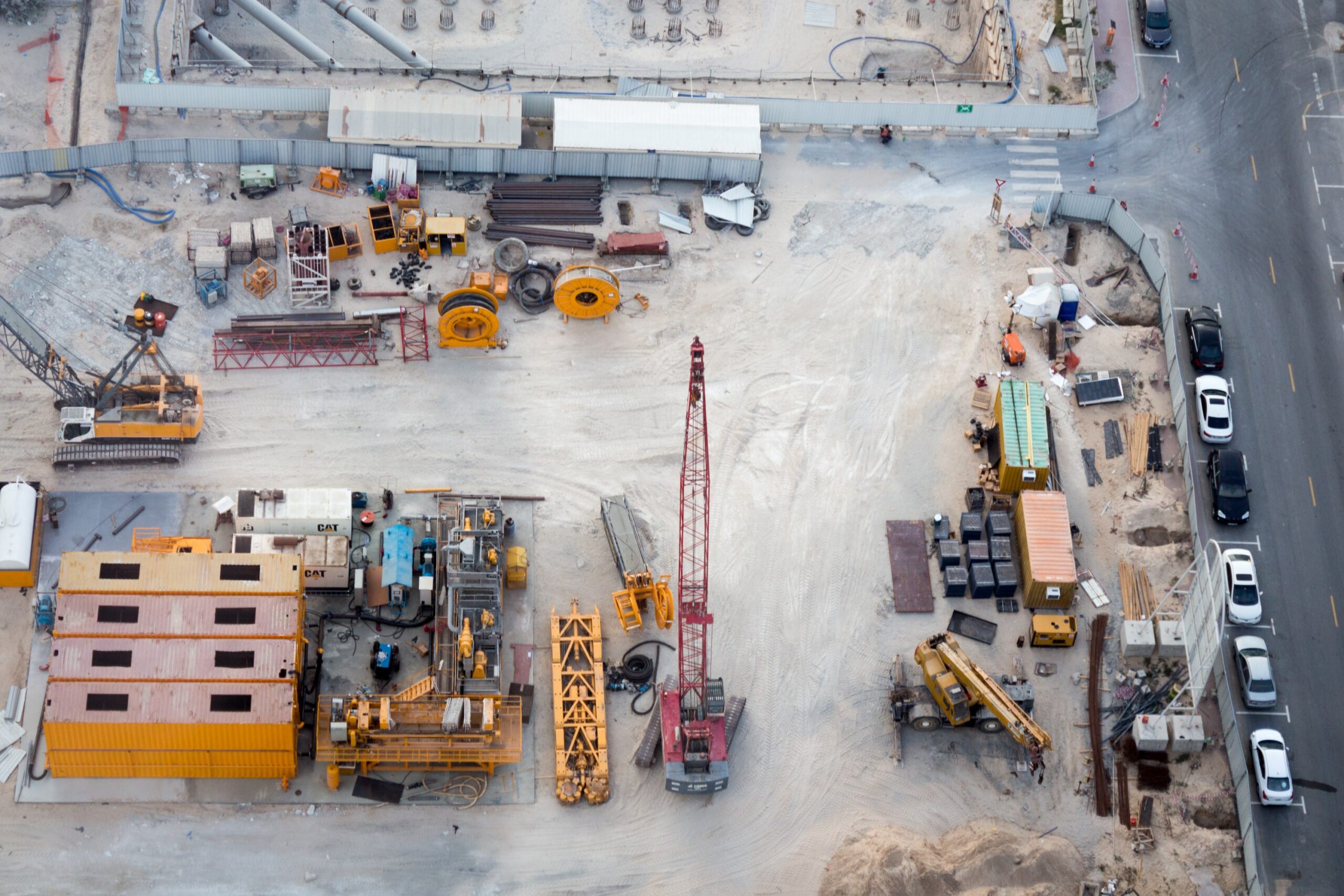The Evolution of Lease Accounting Standards


The following article originally appeared in the Summer 2024 issue of National Association of Surety Bond Producers (NASBP) “Surety Bond Quarterly” magazine.
Thanks to a new accounting standard, the way construction companies record leases has evolved in recent years, and, as a result, those companies’ balance sheets have changed as well.
The old Financial Accounting Standard 13 (FAS 13) generally allowed construction firms to record a lease as either an operating lease (an off-balance sheet lease) or a capital lease (an onbalance sheet lease). As we reflect on the last decade when basic accounting standards were established and more formalized, companies that entered lease arrangements with equipment vendors and financing companies would apply the “old” guidelines.
Construction firms are now required to use new lease rules as promulgated under Accounting Standards Codification 842 (ASC 842), which became effective in the 2022 reporting year. At a high-level look, all but short-term leases must now be reported on a company’s balance sheet, regardless of lease contractual provisions.
The update has changed the look and feel of a construction company’s financial statement. But by how much? Let’s dive into the changes and find out.
The over-arching goal of ASC 842 is to simply ensure that financial stakeholders have a clearer understanding of lease-related obligations and commitments. Banks and sureties are becoming more astute at analyzing the impact on credit exposure and financial metrics, asking whether the true financial position of the company changed by simply shifting operating lease obligations from the footnotes to the financial statement, to the balance sheet.
Because the income statement and cash flows are not materially changed by ASC 842, valuations for construction companies should not be negatively impacted by the implementation. Most construction companies are valued based on the Earnings Before Interest, Taxes, Depreciation, and Amortization (EBITDA) multiple. Generally speaking, EBITDA results are somewhat neutral relative to the impact of ASC 842, and valuation firms and investment banking firms are not seeing an impact to final transaction pricing.
Knowing all of this, has ASC 842 really made a significant impact to construction firms and their financial partners’ credit underwriting? The short answer is “not really.”
The reason is because most construction firms already recorded larger pieces of construction equipment lease obligations, and the only real structural impact of ASC 842 has been for one-off leases and long-term facility leases, which were previously disclosed in the financial statements. Banks, investment banking firms, and sureties have been able to modify financial models and key financial metrics to perform with, and without, calculations that assess financial health and viability.
For construction firms that use large-scale construction equipment, key decisions on equipment financing and management can be a crucial factor in affecting profitability, financing capacity, surety programs, and general credit procurement. Construction executives are constantly evaluating and establishing metrics to assist in the proper evaluation of whether to purchase, lease, or simply rent construction equipment.
If they’re considering a construction equipment lease, contractors should meet some key requirements:
Construction firms need to make prudent operational and financial decisions on the procurement of equipment. Often, some combination of purchasing, leasing, and simply renting construction equipment will allow a firm to best address its equipment management plan in a manageable and cost-effective way. The banking and bonding community is now much more current on understanding the new lease pronouncement and is not “penalizing” companies for the implementation—regardless of the new look of the balance sheet.
Get ready, because by subscribing to our email insights, you'll be among the first to hear from our experts about key issues directly impacting your privately held business or not-for-profit.